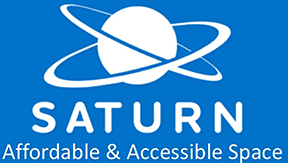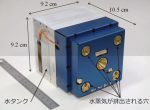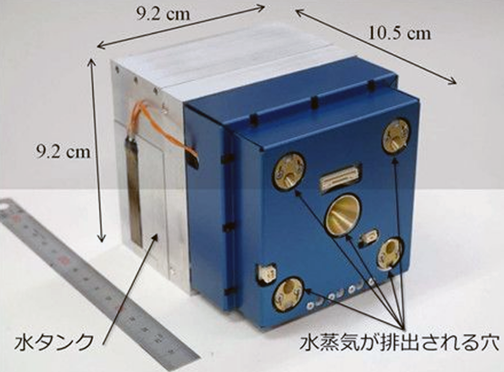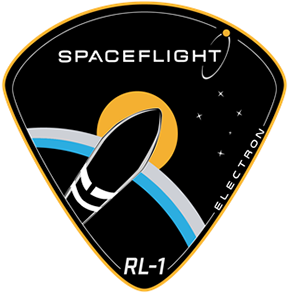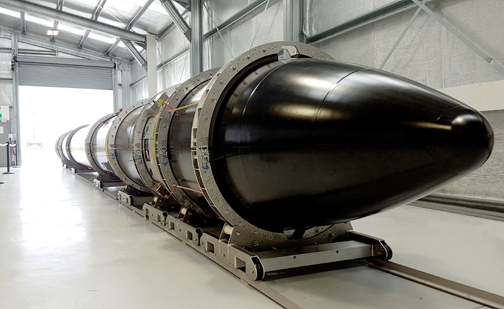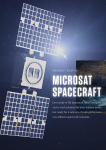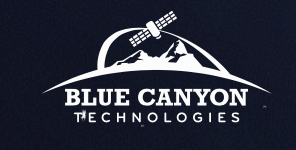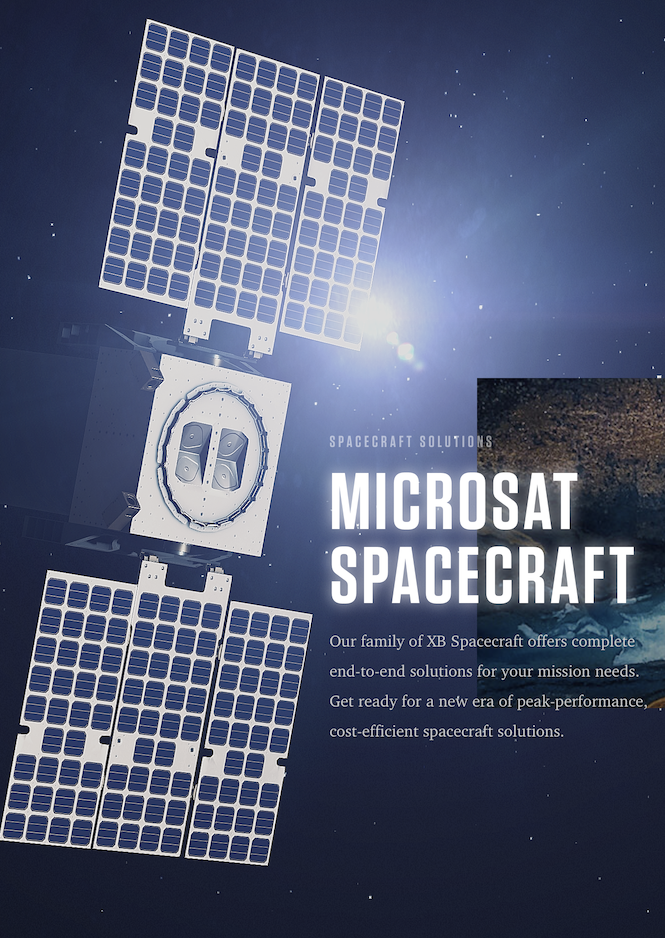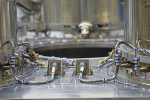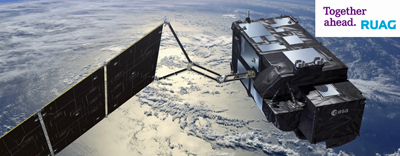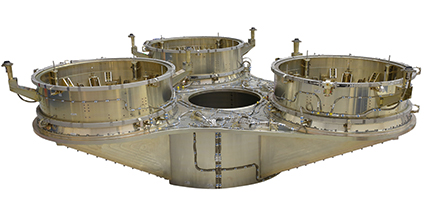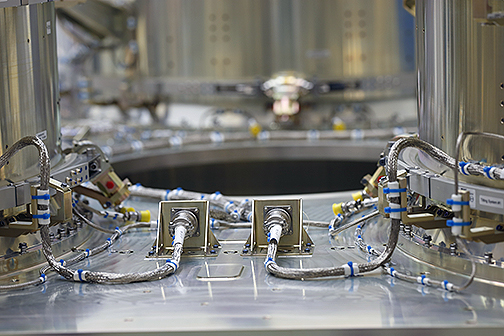
Lacuna Space has successfully concluded their first phase of testing in the company’s mission to provide complete global coverage for LoRa® devices and wireless radio frequency technology (LoRa Technology) to anywhere in the world, no matter how remote.

Lacuna Space is engaged in satellite IoT connectivity, with low-cost and high-scalability as its fundamental tenets in its system design. Over the course of the last two years, Lacuna has been collaborating with Semtech Corporation to extend LoRa Technology connectivity to the whole world. Lacuna Space has been developing satellite gateways and working with Semtech to evolve LoRa Technology to enable direct communication from LoRa-based devices to satellite gateways using the LoRaWAN® protocol.
Lacuna’s first satellite launch of the year was on April 1, 2019, from the Satish Dhawan Space Centre in India, where the satellite shared a ride to LEO with EMISAT and 27 additional satellites. Lacuna’s LoRa-based Space Gateway was hosted on a 6U cubesat satellite provided by Nano Avionics and Lacuna has revealed that the satellite and the Space Gateway are out-performing expectations during the initial commissioning phase.
An additional three satellites are set for launch in Q3 and Q4 of this year to complete Lacuna’s initial demo constellation.
Lacuna is aiming to be ready to perform more extensive demonstrations with a select group of potential users towards the end of the year thanks to part funding and support from the European Space Agency and UK Space Agency.
Rob Spurrett, the Lacuna Space CEO, remarked that the company is eager to get these next satellites launched so the firm can increase the performance of the whole system, including the fine tuning of this novel, adaptive, radio approach that enables Lacuna Space to detect tiny signals directly from battery powered sensors in remote locations.
Thomas Telkamp CTO, Lacuna Space, said that the company has test systems deployed around the world, in countries as diverse as South Africa, Netherlands, UK, USA, India, Japan, Slovenia and the Reunion Island. Lacuna Space has shown that the firm is to communicate effectively from anywhere in the world, no matter how remote, to the company’s LoRa-based Space Gateway.
Nicolas Sornin, CTO, Semtech, added Lacuna’s expanding LoRaWAN-based network coverage to the most remote regions is an incredible technical achievement. More users will develop LoRa-based applications that need long range, low power and flexible capabilities.












